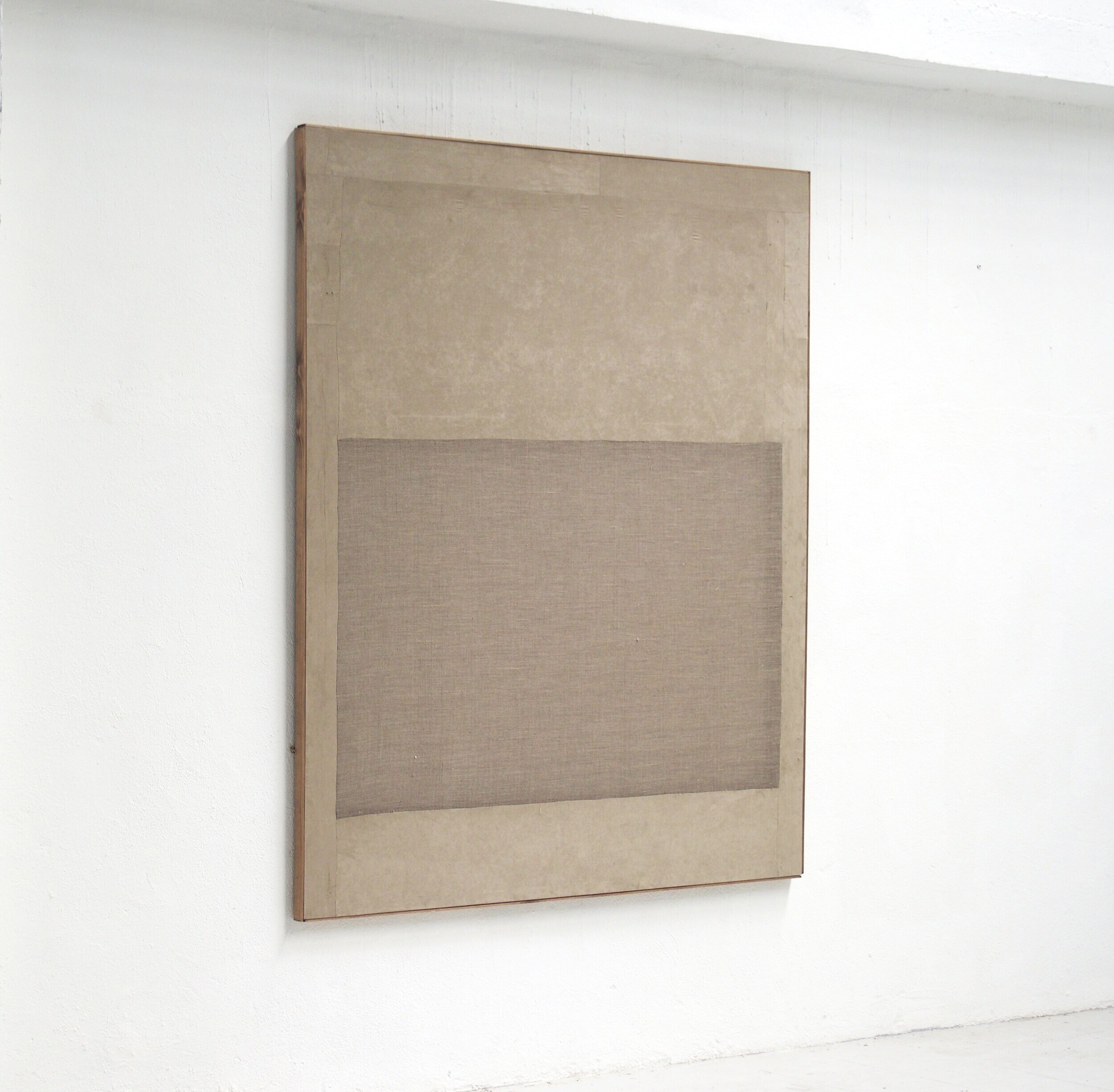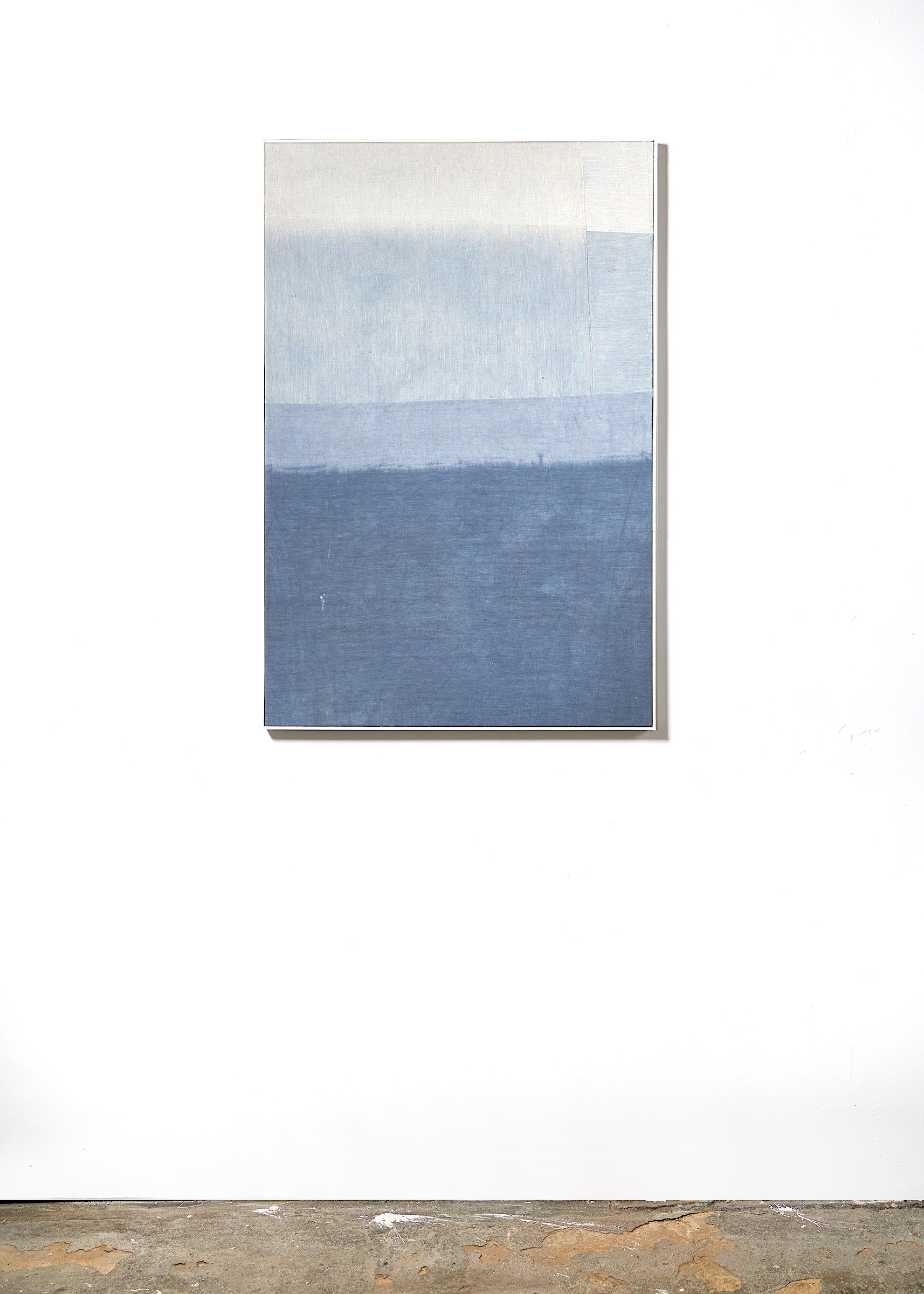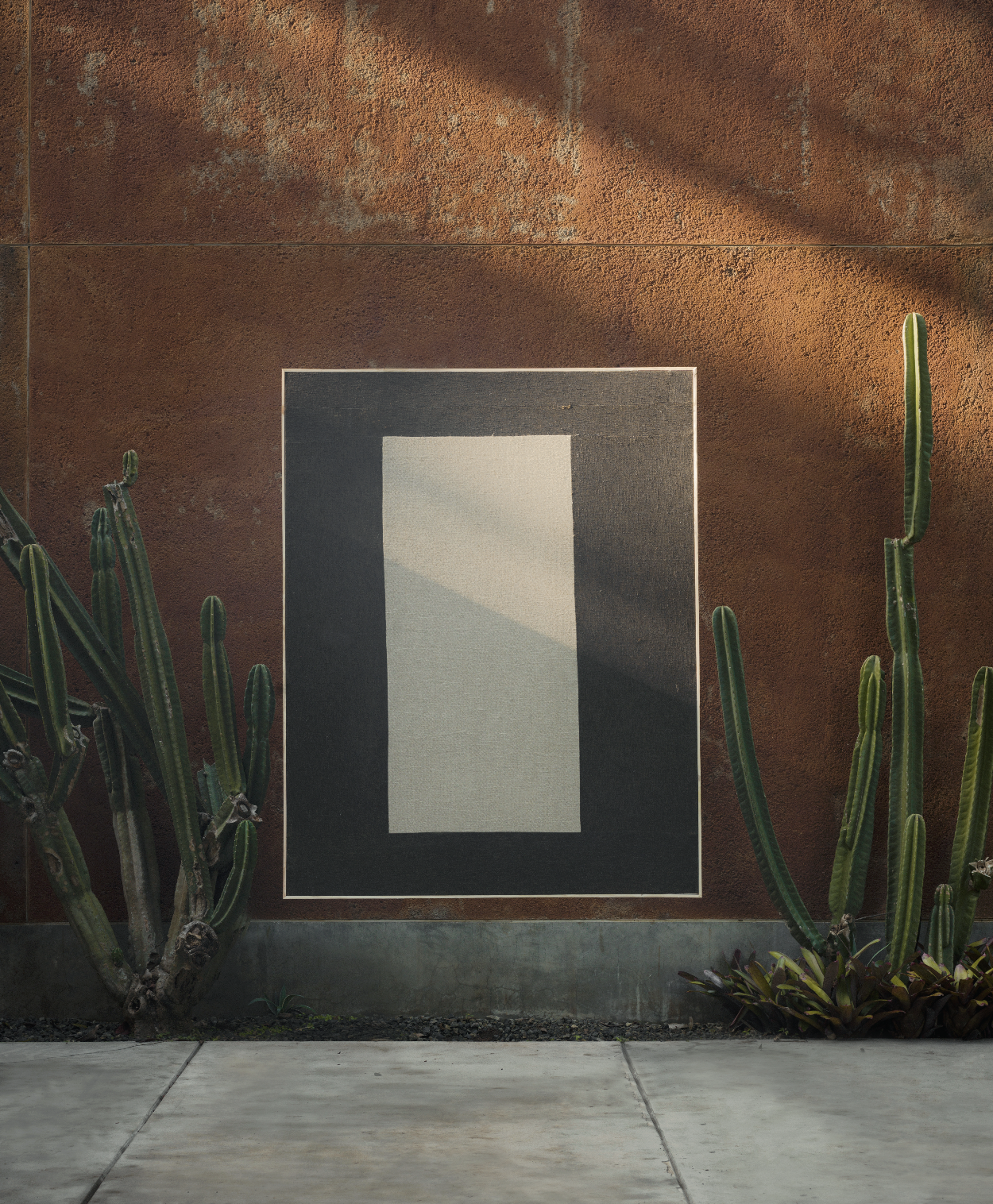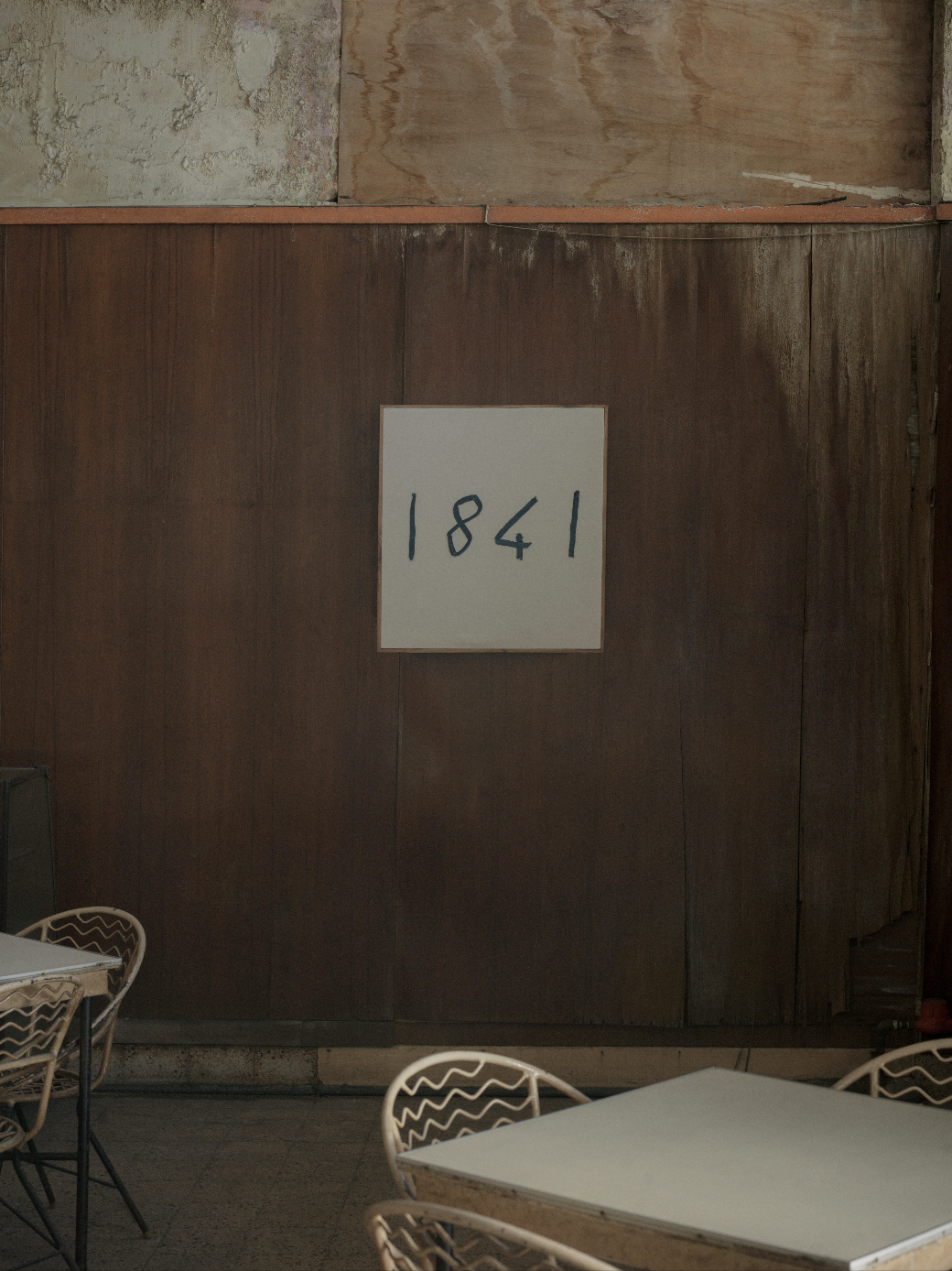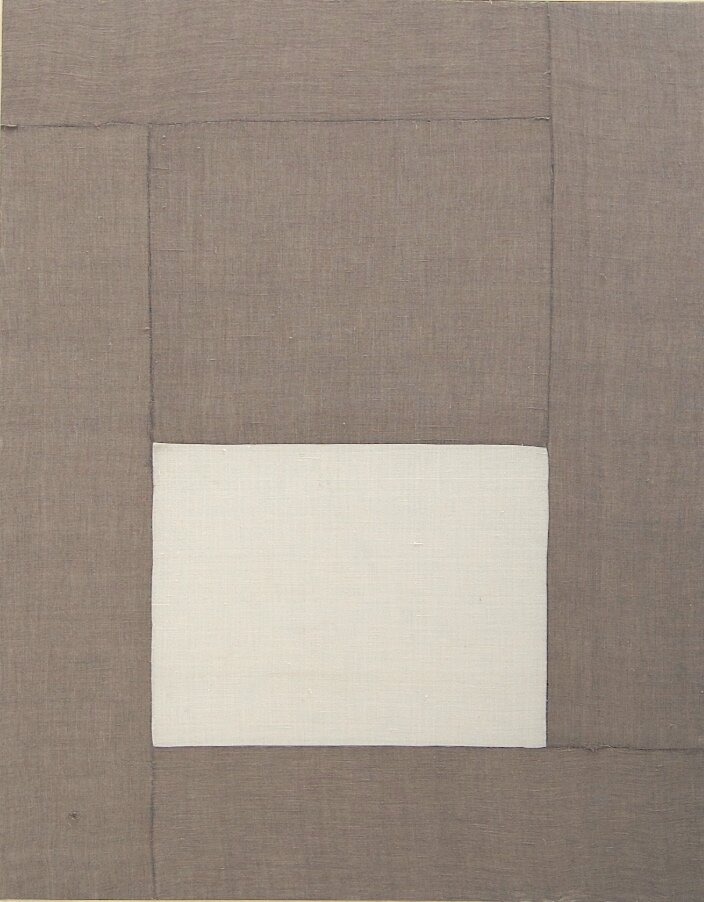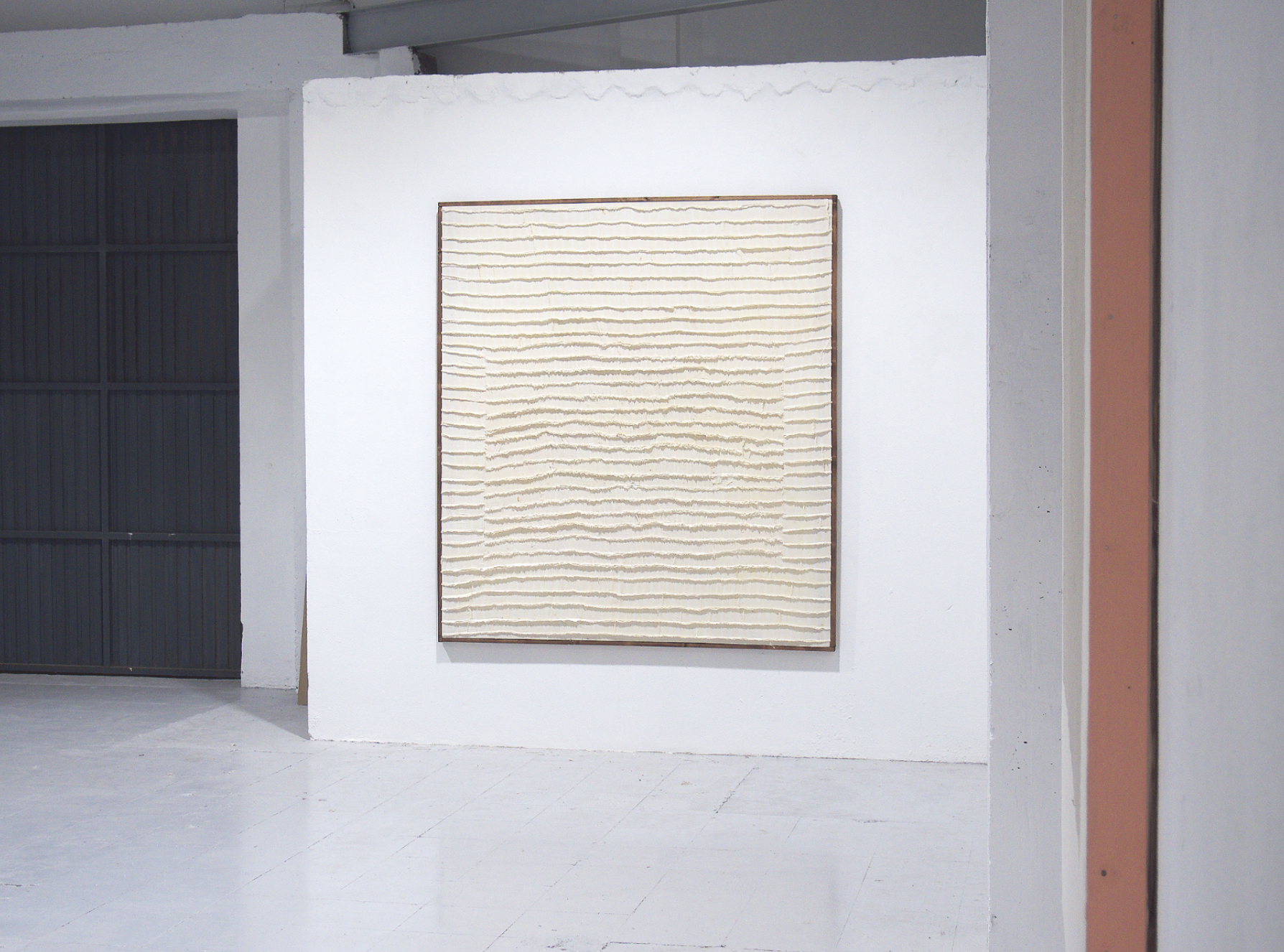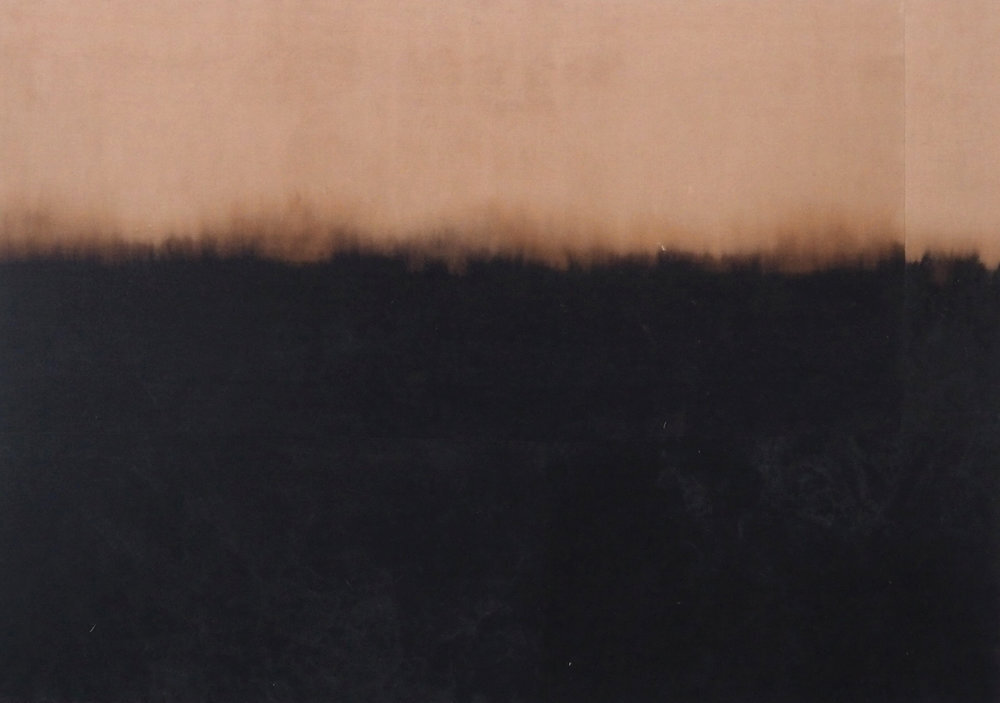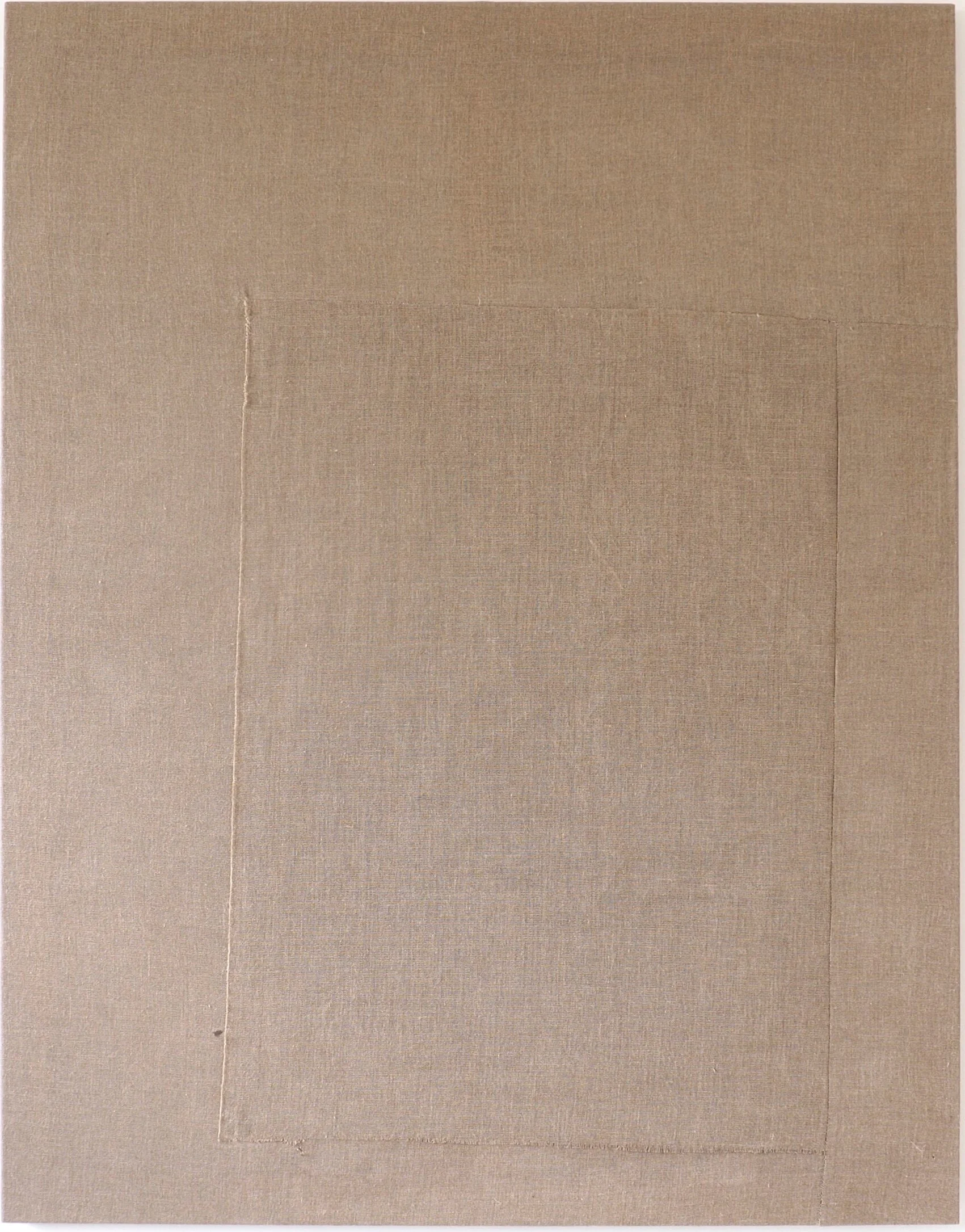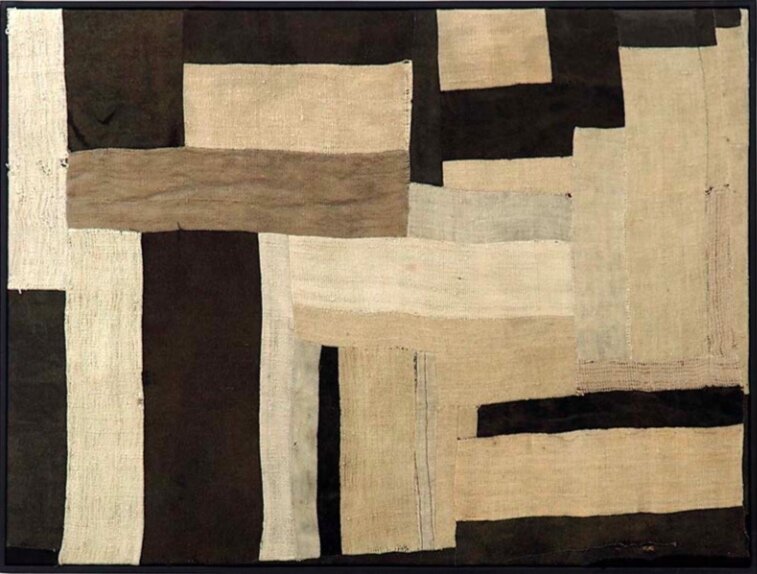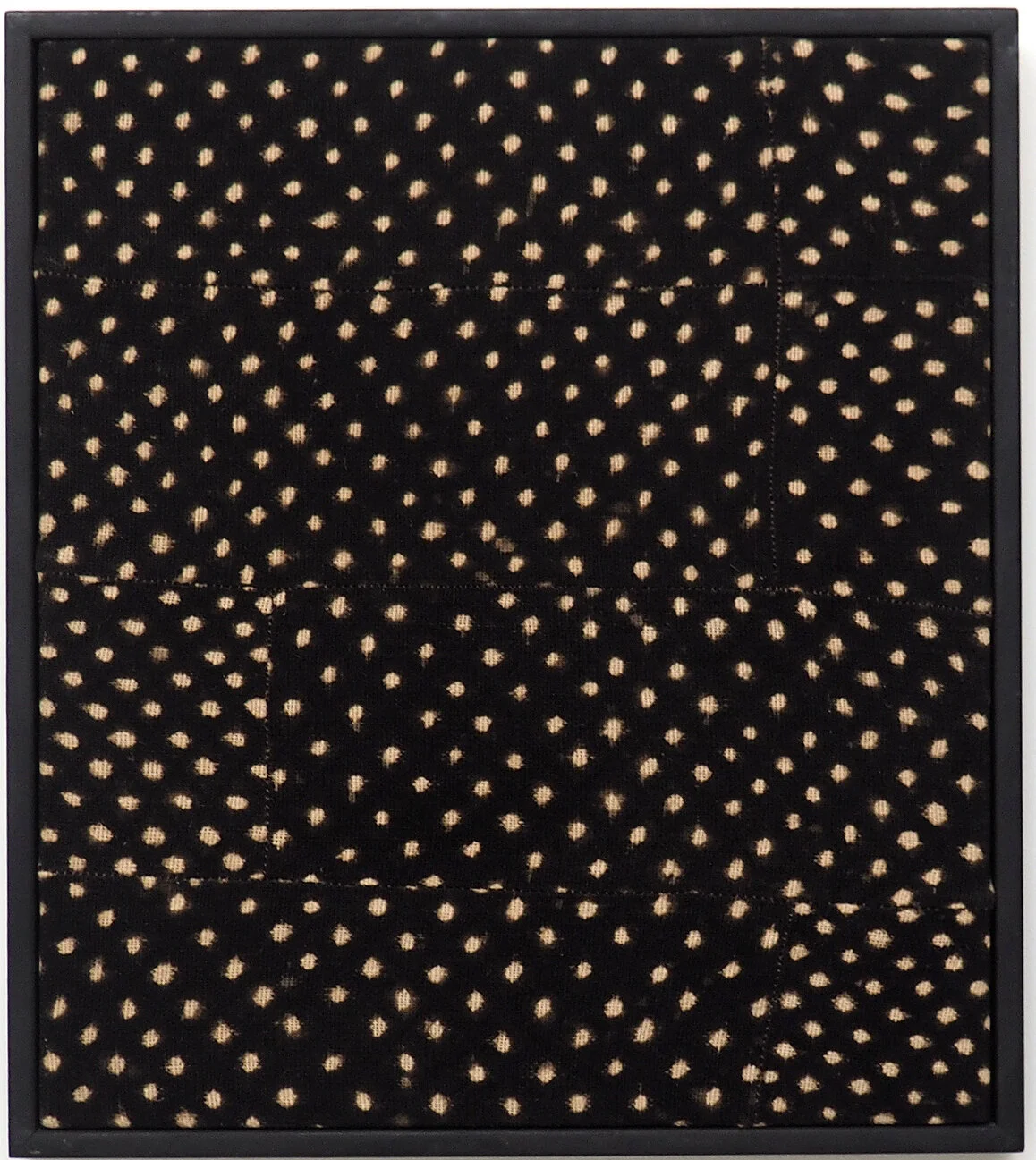LAWRENCE CALVER
Lawrence Calver's practice aims to blur the line between craft and contemporary fine art; taking on an invigorating mixture of the primitive, the exotic and the childlike. All of these aspects play a fundamental part in his creative impulse, integrating a sense of naivety with fastidious care for the design and physicality of a painting.
Exploring a state of childlike freedom, Lawrence allows himself to construct a more visceral language. Concentrating on a kind of simplicity where craft and concept are still symbiotic, rather than juxtaposed or more often than not, absent as counterparts.
Primarily known for his textile works, Lawrence’s work incorporates a variety of fabrics, from cotton silk and linen to suede and wool. Working within the idiom of modernist painting, he takes the material support – the canvas or the plane – and sews, bleaches, stretches or stains the fabric to create works that aims to unify abstraction and representation.
Lawrence sees opportunities in the material before he creates the work. Each piece has an independent identity and in a parental role, Lawrence simply assists in that realisation.
Lawrence is at his best working within a limited range of colour; preferring instead to exploit surface, texture and tonality. The grain of the textiles, and the variations in textures have their own beauty through which he conveys an atmosphere and delineation of form.
By working with materials that already have a history – lost in the weave and textures of his creations – Lawrence invites the viewer on a forensic journey. He asks that the audience entertains an idea of a life before the work, a story from manufacture to reclamation that led to to each individual outcome.
Lawrence studied at BA level in creative direction of fashion at London College of Fashion. Since then he has used his experiences as a director to assemble work, in a similar way to a production or choreography. Starting with a lead character, he scouts: streets, markets and skips. Once he has a relationship with his protagonist, he begins to cast the production including sympathetic counterparts to his star.
Lawrence regards his work as an organic process of experimentation and discovery, lead by his materials on a journey of improvisation. He still regards his role in the work as a director, letting serendipity guide the final piece or perhaps, visual performance of his evanescent cast.
Indonesia project
“In May 2019 I took 14 artworks with me to Indonesia to be photographed on location as part of an artist catalogue. I took the works folded in my suitcase and rebuilt them once in Indonesia. Doing a project like this would have been very difficult or even impossible in many parts of the world, but staging the production in Indonesia was very doable was achieved on a very low budget. We had very little structure for the project other than to find the right locations to compliment the 14 artworks that I had brought with me. The intention behind creating the catalogue was simply to create a more concise context to my work. I have always considered my works to be architectural in their making process, and in content, but I wanted to create a clearer understanding of how they are also architectural in their very nature as physical objects. By photographing the works situated on location created a dialogue between the works and the space that they inhabited. It created a clear impression of the scale, the tones and textures, and the organic nature of the works. The shapes, lines and forms suddenly share a strong resemblance to their environment. The catalogue has allowed me to explore in visual form, the intentions behind my own work. It is not simply an endeavor to photograph my works in an unconventional space, but instead to put the works back into a context that is relatable to the initial process of how they are made.
The main location was an 18th century building in the city of Jogja. It is a city on the Indonesian island of Java known for its traditional arts and cultural heritage. Other locations were found along the way and were approached with an open mind. The use of spontaneity and chance play a fundamental role in my work, and I think that by approaching the production of the catalogue with the same attitude, it shows in the images and gives the images a strong sense of authenticity. Another location was the old bakery in Bandung, it is over 100 years old, and very little has changed since the 1920s from the furniture down to the trays and utensils. It seemed fitting to show the work titled ‘1841’ to open up a transient dialogue between the work and its environment. The largest work ‘untitled’ was shot in the entrance to a tofu factory. The ageing and worn effect of the wall shared a strong resemblance to the energy of the artwork. Even the chalk handwriting on the wall draws on similarities from previous works. The production of this catalogue has created a much clearer direction for my practice in the relationship between my work and the environment in which it is situated. I now realise that this is something that can be pre-meditated, and that the works can be directed by the space that they inhabit.”
To receive a full catalogue of available artworks and price list please contact gallery@richeldisfineart.com




